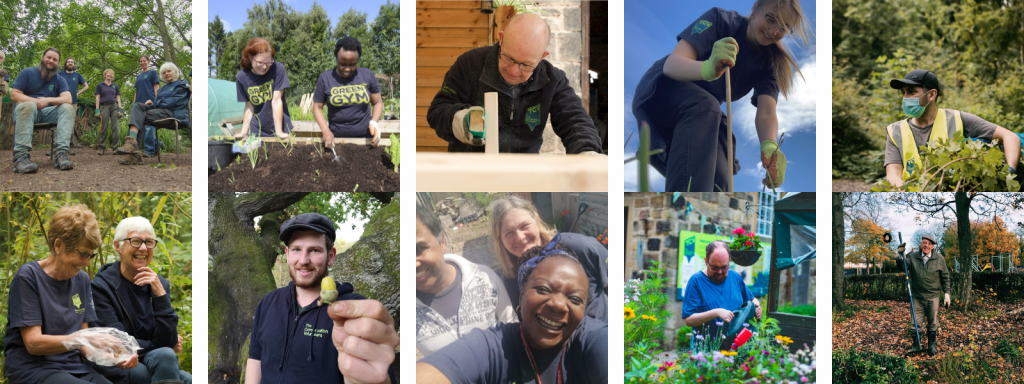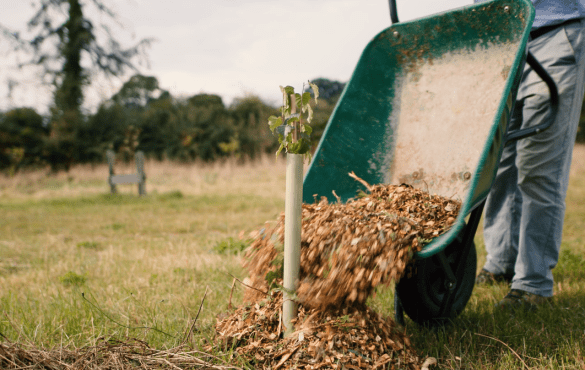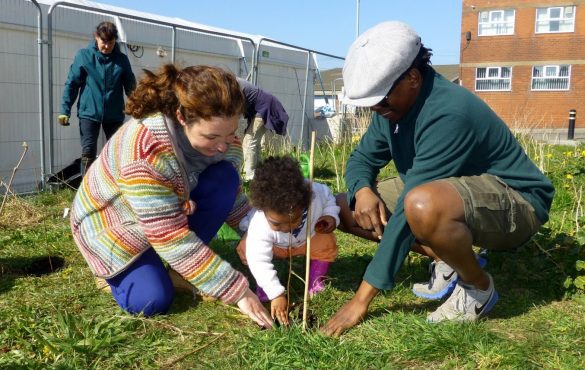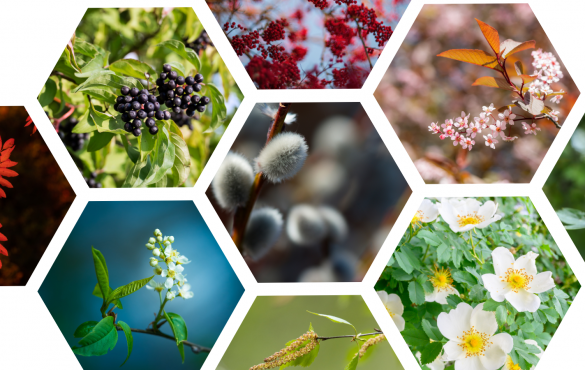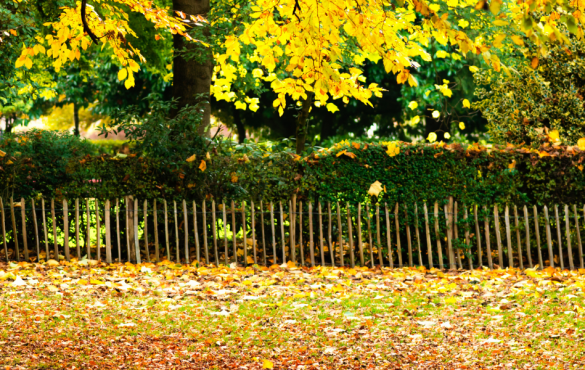Together we continue to smash our tree-planting targets, planting millions of trees for climate, wildlife and communities!
But we have only just begun. This year, with the help of thousands of community groups and volunteers like you, we are going further than ever before with I Dig Trees – claim your free trees here and find out our rather ambitious tree-planting target!
Here Prof Dave Reay, Chair in Carbon Management & Education, School of Geosciences, University of Edinburgh, tells us how the trees ordered through our free trees programme are helping to meet climate goals and plans to ultimately reach ‘net zero’…
Trees underpin planetary health
The pioneering town planner, biologist, educationalist and geographer Sir Patrick Geddes coined the phrase ‘By Leaves We Live’ to encapsulate the dependence of all humankind on plants, trees and natural ecosystems around the world. In the context of Covid lockdowns, the climate emergency, and a deepening nature crisis, Geddes’ words have never been more relevant.
The lockdowns have provided an acute focus on just how vital green space and trees are to our mental and physical health, but trees underpin planetary health too. Representing huge stocks and sinks of carbon globally, the destruction and degradation forests due to land use change constitutes a major source of human-induced carbon dioxide emissions. On top of those burgeoning land use pressures, climate change itself, and the increased risks of wildfires, drought and disease, are an increasing threat to forests around the world.
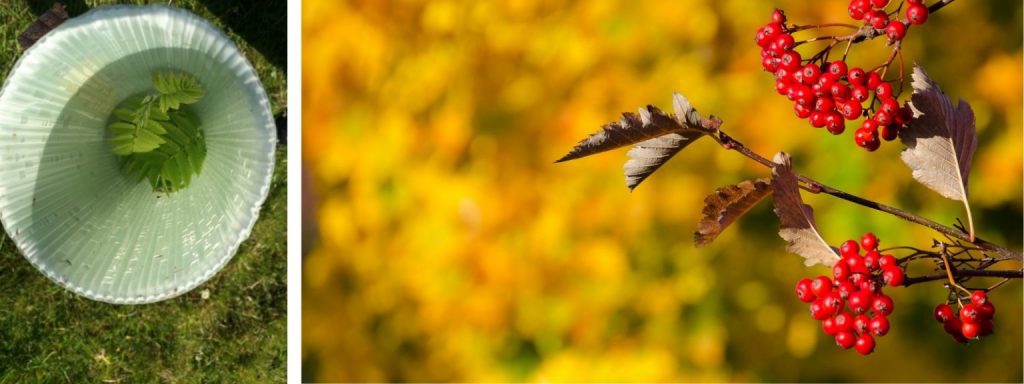
Meeting the Paris climate goals will require huge and sustained efforts
In this climate emergency, and with the Paris Climate Goals at risk of slipping beyond our reach, losing yet more of the protective green canopy that is the world’s trees is the last thing we can afford. More and more nations are waking up to this threat, yet deforestation continues apace in many areas as the pressures for more food and fodder production escalate. Meeting the Paris Climate Goals will require huge and sustained efforts to safeguard existing forests. It will also need a lot of new trees too.
For the UK, like many countries, woodland expansion is a cornerstone of plans to reach ‘net zero’ – where carbon emissions from sources like fossil fuel burning are reduced to the absolute minimum, and any unavoidable emissions that remain are then balanced by increased sequestration. Woodland expansion that leads to sustained carbon uptake, along with enhancement of soil carbon stocks, can therefore play a major role in achieving net-zero. But, and it’s a big but, this is no silver bullet for climate change.
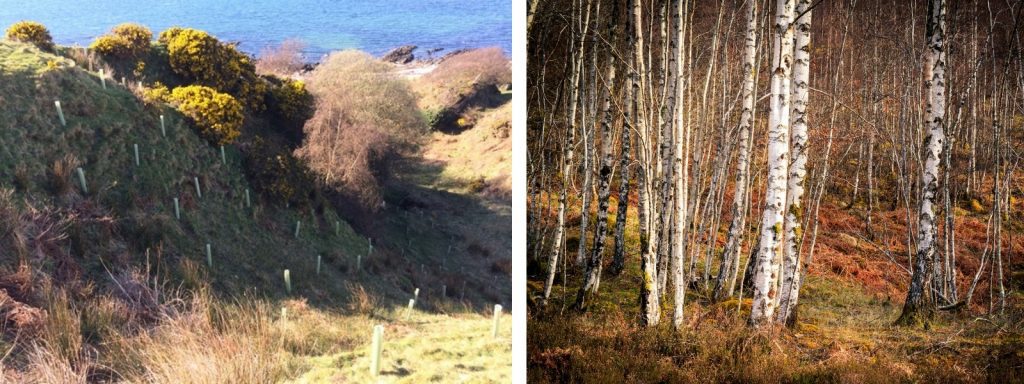
Native woodland expansion and enhanced biodiversity
The land provides for myriad human needs, from food and fibre, to housing and recreation, as well as the needs of millions of other species we share this planet with. Woodland expansion often means striking a new balance between these needs. Some may be complimentary – such as native woodland expansion and enhanced biodiversity – while others may seem at direct odds. In reality, there are always some co-benefits and some trade-offs (READ: Land Use and Agriculture: Pitfalls and Precautions on the Road to Net Zero).
Gaining a good understanding of these, right down to the local scales of most woodland creation projects, remains one of the biggest challenges to realising sustainable woodland expansion in the face of the climate emergency.
Plants for places – bringing trees back to centre stage
In our own very small way, my family and I have been grappling with this challenge over the past few years. Our farm on the west coast of Scotland has been used for sheep grazing for generations. Other than a couple of acres of fenced alder planting, and some inaccessible gulleys stuffed with rowan, oak, hazel and willow, it is land where the combined bite of sheep and Atlantic storms has made trees a peripheral part of the landscape. The task now is to bring them back to centre stage.
A crucial first step to doing this was to work closely with the wonderful sheep farmer who grazes part of his flock on our land – agreeing where and when sheep grazing would be removed, to allow him and us to plan ahead. The next, pretty exhausting, stage, was to intensively sample and analyse the soils in all our fields, providing a baseline for soil carbon to assess any future changes against, and to understand the soil depth, texture, moisture and pH to inform which trees and shrubs would do well, and where.
Zoned plans for planting were drawn up, and we began to gather together a small army of willing friends and family to help with the planting. We also started planning for colleagues and students to make use of our putative ‘carbon farm’ for climate education and research. It was all coming together. Then Covid hit.
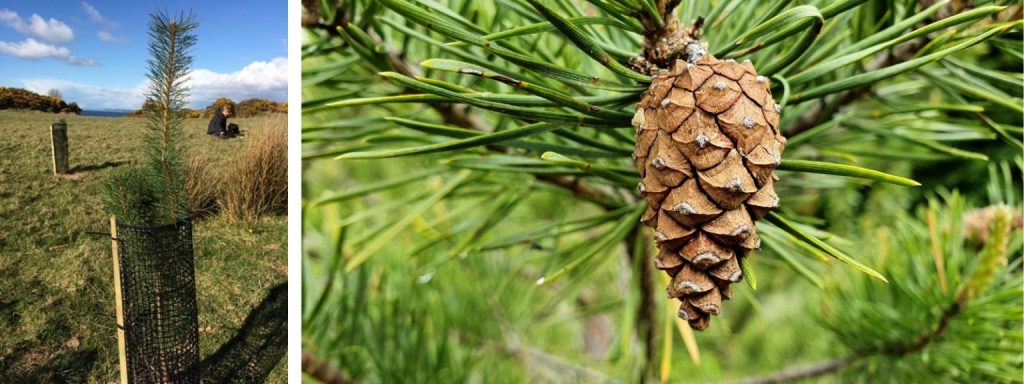
Trees planted and growing well
Instead of getting thousands of new trees in the ground across the planting season, it was a case of using the narrow windows between lockdowns to plant what we could. Thanks to The Conservation Volunteers (TCV) – who gifted many of the trees – and the amazing efforts of my wife and youngest daughter as champion planters – hundreds of trees did get planted and these are growing well.
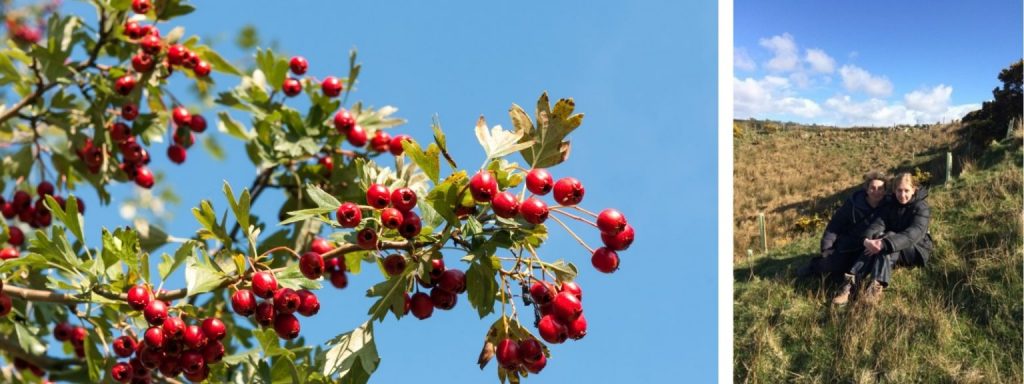
Most importantly we’ve been able to understand our land better, and the wider natural and social ecosystems it is part of.
Prof Dave Reay, FRSGS, SFHEA, PhD
Now, as restrictions lift and a new season approaches, we’re looking forward to realising some of our pre-Covid plans and looking back on what we have learned. Over these past 18 months we have been able to think hard about where trees should and shouldn’t go; we’ve had the opportunity to gauge establishment rates, deer browsing risks, and the work required to keep young trees free from weeds and smothering by bracken. Most importantly we’ve been able to understand our land better, and the wider natural and social ecosystems it is part of.
Teaching the next generation about the sustainable use of complex, integrated landscapes
When we do eventually bring cohorts of students to our farm, it will no longer simply be to learn about how trees can tackle climate change. Instead, the focus will be on sustainable use of the complex and integrated landscapes that trees are a part of; landscapes that can play a major role in climate action yes, but that must also deliver for biodiversity, food production, livelihoods and myriad other needs.
Whatever the initial students come to learn about, the take-home message for all will inevitably be: By Leaves We Live.
Prof Dave Reay
Website: https://edinburghcentre.org | Twitter: @keelingcurve
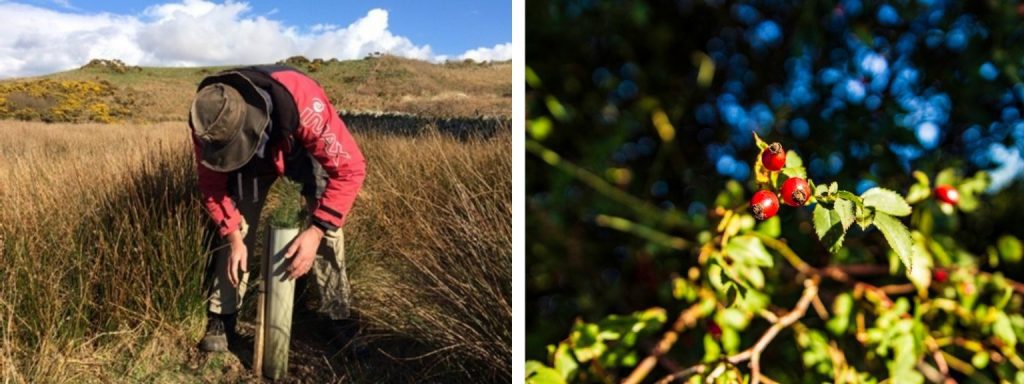
We’d like to say a huge thanks to Prof Dave Reay, Chair in Carbon Management & Education, School of Geosciences, University of Edinburgh, for contributing this I Dig Trees guest blog.
The Conservation Volunteers is helping people like you to plant more trees. Claim your free trees here.
Keep up to date with the latest news and activities from The Conservation Volunteers by following on Twitter, Facebook, LinkedIn and Instagram. You can also sign up to receive our Greenzine newsletter for more ways to get involved.
Find out more about the UN Climate Change Conference (COP26)
